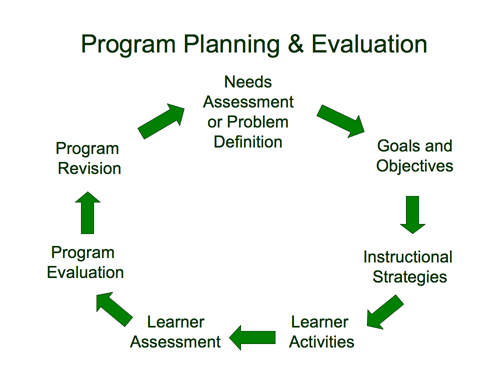Before learning about logic models in my Program Planning & Evaluation in Adult Education class, I would have never thought to make a connection between them and family vacations. What do they have to do with each other? Well this was the exercise in class that helped me really understand how to build a logic model in a practical way. The team I was in was given the task of planning a family vacation using a logic model of inputs, outputs and outcomes. After a team brainstorm for 10 minutes, here's what we came up with:
During the exercise, I was unclear between Outputs and Outcomes and through class discussion and more elaboration through my peers' thoughts, I realized that Outputs were tangible and Outcomes were intangible and so, when defining our Logic Model for my program plan assignment, it became a less daunting task and actually helped to clarify the plan my partner and I are building.
I look forward to putting logic models to further use in my work and home planning!


